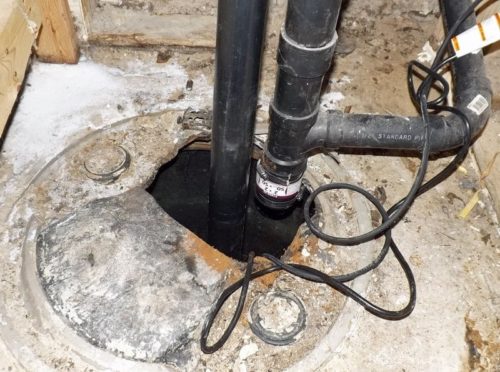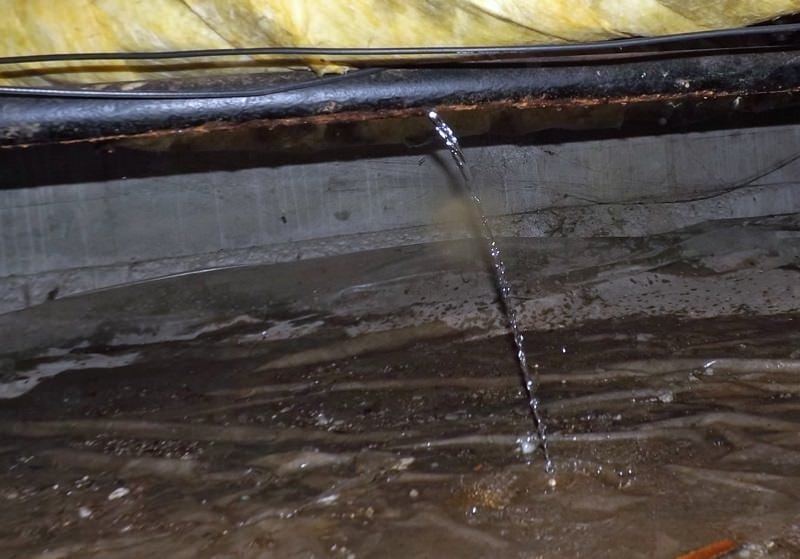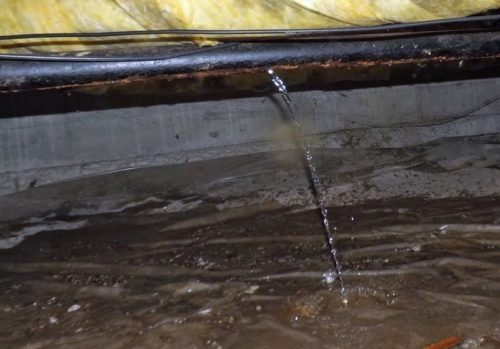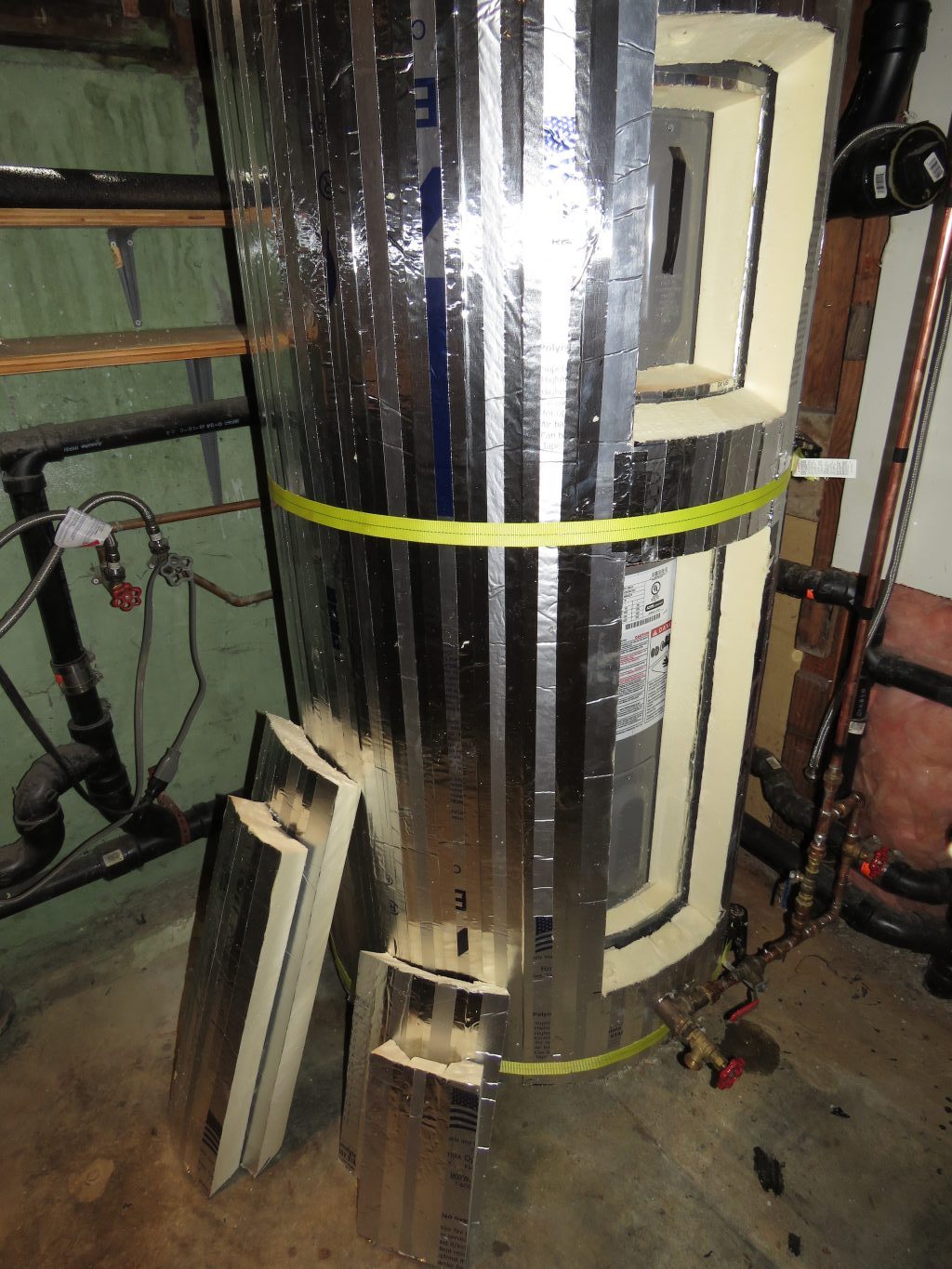

Everyone that knows me, knows I spend a lot of time in my basement playing with my water heater.
I have always been skeptical of the claims made about different types of water heaters and I have never had anything more than anecdote to sort out any truth of these claims.
About 6 months ago I bought an electric meter to install on the water heater so I could keep track of exactly how much electricity it uses. This takes some of the extrapolation and guessing out of equation.
What I am writing here in no way clarifies everything but it clearly demonstrates the whole topic needs to be revisited by people with more money and testing facilities than I have.
Some of this inquiry is in answer to advertising by on-demand water heater manufacturers that would have us belief tankless-type heaters are god’s gift to water heaters and that tank type heaters are no longer a viable way to heat water.
There are lots of pros and cons to both types.
It is my premise, if water heaters came with a LOT more insulation than is currently required, they can remain competitive in cost to operate and certainly in cost to install.
The initial costs and maintenance costs associated with tankless water heaters is still considerably higher than tank type heaters–and lets face it, they are as complicated as under the hood of your car.
An interesting thing happens when you install an electric meter on your water heater. It becomes very difficult to use hot water “normally.” This is because of the nagging little voice in the back of your head that questions whether you are wasting hot water while you are doing the dishes, doing the laundry, taking a shower or washing the cow. That said, the ratio should remain similar even if the numbers end up somewhat higher.
Meaningful numbers can still be found when comparing operating costs of an off-the-shelf heater compared to one that is super-insulated.
About two months ago, my heater died. When I replaced it, I replaced it with another tank type heater that was 15 gallons smaller than the previous heater. I decided I would monitor costs for a period of time prior to super insulating it. The tank comes insulated to R-13. I would ultimately insulate the tank to R-40.
My installation is further complicated by a re-circulation loop. I also wanted to determine the operating costs of the loop. Just how much did it add to water heater operating costs? In addition I wanted to see performance differences of keeping the tank and loop at 135° F and 120° F. I suspect I could have gotten better numbers if I monitored for a whole year or several years, but I was merely looking for hints of the truth.
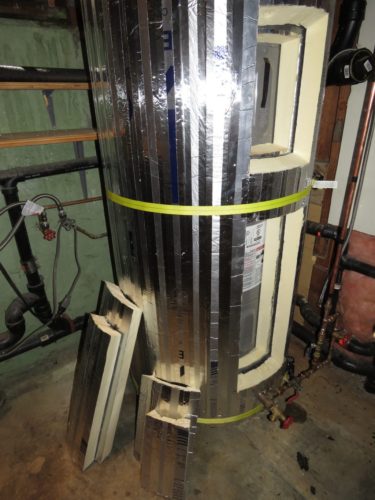
At 135° F, the operating costs of the loop resulted in an additional 15 cents per day. The loop operated for 15 minutes an hour between 6am and 10 pm.
The loop with super insulated lines and tank also results in having a larger volume of hot water sitting in the tank waiting to be used. The hot water circulating to the bottom of the tank mixes with the incoming cold water reducing the amount of time it takes to bring all the water up to the set temperature.
If power is lost, I still have a tank full of hot water for a couple of days. With the tankless you immediately have nothing.
My loop is a thermosiphon loop (no pump) and has a timer with an electronic valve to control how much it operates. The loop to the kitchen and back to the water heater is approximately 88 feet and insulated to R-20. I consider this cost per day to operate the loop as insignificant. The cost is mostly offset by the savings related to not wasting water.
After insulating the tank to R-40, the per day costs to heat water to 135° F averages 92 cents per day. Prior to insulating the tank, the average daily cost was about $1.20. This is approximately a savings of 24%. This results in a payback on the $152.00 cost to install the R-40 insulation of 1-3/4 years. Over the 20 year life of the water heater (typical of my area) that could be a savings, at current electrical rates, of $2060.00. This is the cost of more than 5 water heaters based on the $400.00 cost of my recent water heater purchase.
I know of no comparable way to get this kind of savings with a tankless water heater and of course initial costs are much higher with the tankless. Maintenance costs over 20 years is going to be close to the savings of the super-insulated tank type heater. Keep in mind that estimates of cost to operate tankless water heaters do not include increased costs to maintain re-circulation loops.
I realize no one is likely to do their water heaters what I did to mine to achieve these numbers.
This exercise is to expose the silliness of what we currently require of manufacturers.
Manufacturers could certainly add insulation to R-40 (or higher) at the time of construction much cheaper than I can do it in the field. This seems like a no brainer if we are serious about conserving energy. Of course this only applies to electric water heaters that can be heavily insulated at the sides, top and bottom.
Another factor that comes into play, is that the size of the tank can be much smaller, which even further reduces annual costs to operate the heater. It also deals with possible problems with replacing larger heaters that would be bigger if insulated to R-40. There is no reason standby-costs on a tank-type water heaters can’t be brought under 50 cents a day–probably under 30 cents a day if the tank is 40 gallons or less. With a super insulated tank, a 40 gallon tank should be more than adequate for a family of four.
When are we going to start requiring manufacturers to install more insulation on their heaters?
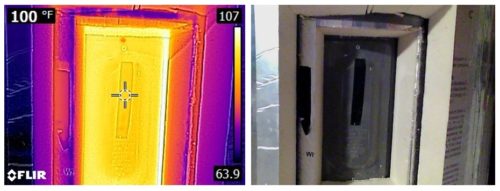
Charles Buell, Real Estate Inspections in Seattle

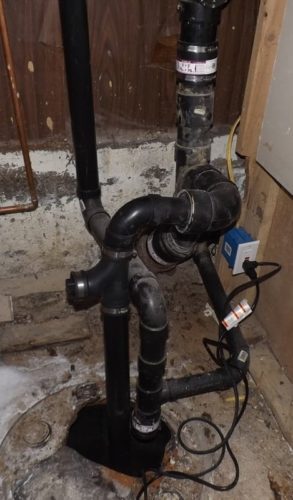 This sounds like a good plan.
This sounds like a good plan.